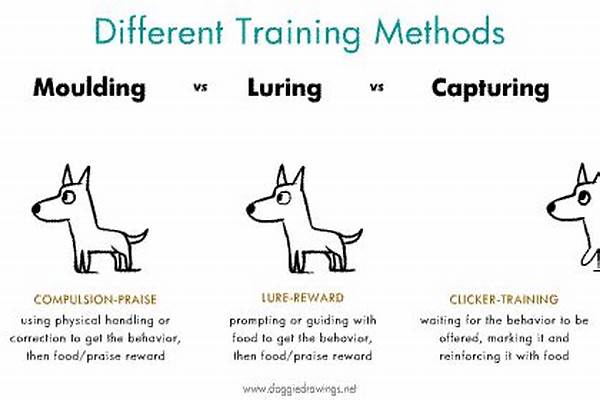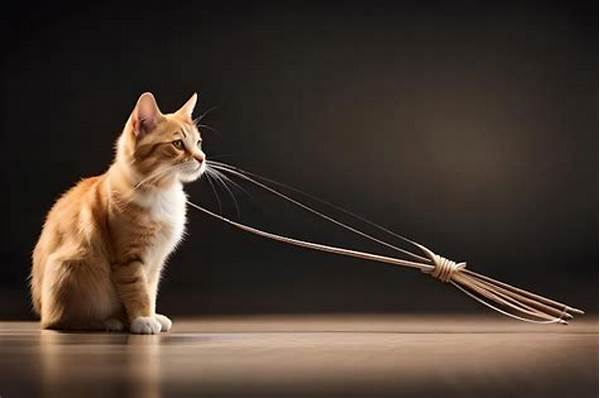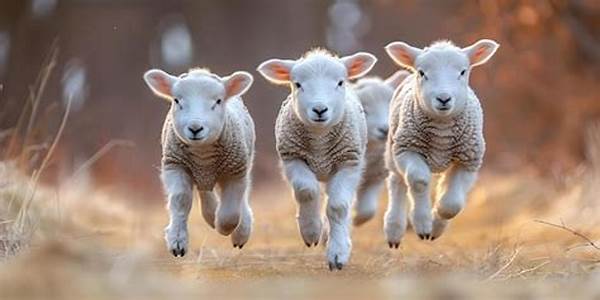Hey there, fellow nature enthusiasts! Have you ever wondered what goes on in the secret lives of animals when no one’s watching? Spoiler alert: it’s way more intriguing than any soap opera you’ve ever seen. In today’s blog post, we’re diving into the fascinating world of animal behavior and how we can capture these moments like pros. Let’s explore the techniques for capturing animal behavior that will turn you into a modern-day David Attenborough, or at least get you some epic shots for your Insta feed!
Read Now : “dark Tone Lightroom Effects”
Understanding the Basics of Animal Behavior
Animal behavior is a complex web of actions and reactions, influenced by the environment, ecosystem, and instincts. To master techniques for capturing animal behavior, understanding these basics is crucial. First, let’s talk about patience. Unlike your favorite TV show, animals don’t always perform on cue. Observing them, therefore, requires the patience of a saint. You might spend hours waiting for just the right moment, but trust me, it’s worth it.
Next up is observation. Before you even think about clicking away, spend some time simply watching and learning. Animals have patterns—like your dog circling before lying down—and recognizing these can be key to capturing that perfect moment. And then there’s the importance of blending in. This doesn’t mean wearing camouflage (though it might help); it means becoming part of the environment to avoid disturbing the creatures you’re trying to photograph. Through these methods, you can employ techniques for capturing animal behavior that are both effective and respectful.
Finally, knowledge is power. Understanding the species you’re observing gives you insights into their typical behaviors and unexpected traits. This knowledge can turn a good shot into a fantastic one. The techniques for capturing animal behavior often involve a blend of science and art, requiring not just technical skills but also an appreciation for the creatures themselves.
Essential Gear for Capturing Animal Behavior
1. Camera with Zoom Lens: A zoom lens is your best friend when practicing techniques for capturing animal behavior. It lets you keep a respectful distance while bringing the action up close.
2. Tripods: Steady shots require a steady hand, or better yet, a sturdy tripod. Essential for low-light conditions or when you need to hold a pose for a bit.
3. Camouflage Gear: Blending with the environment is a key technique for capturing animal behavior without causing disruption. Grab yourself some camo gear!
4. Understanding Lighting: Natural light is fantastic but fickle. Knowing how to adjust your settings to capture behaviors in varying light conditions is crucial.
5. Field Notebooks: Jot down your observations. Not all techniques for capturing animal behavior involve a camera; sometimes, good old-fashioned notes will unravel the mysteries of your subjects.
Techniques for Perfect Timing
Timing is everything in photography, and this is doubly true for wildlife photography. Techniques for capturing animal behavior often revolve around this concept. To nail the perfect shot, be prepared to spend a lot of time in the field. This means early mornings and late nights—because nature doesn’t work a 9-to-5.
One great tip is to anticipate, not react. Once you’ve spent some time observing, you can start to predict what your subject will do next. This is where those patterns come in handy. For example, migratory birds have specific timings for their journeys, often dictated by the time of year and weather patterns. Capture these by planning your photography trips around these known events.
Lastly, don’t be afraid to experiment. Use burst mode to click multiple frames in quick succession, increasing the chances one will capture that magic moment. The key techniques for capturing animal behavior involve planning, anticipation, and a dash of creativity. With these, you’ll be ready to capture the wildlife world’s unexpected dramas and heartwarming moments.
Advanced Techniques for Capturing Animal Behavior
1. Remote Cameras: Using hidden cameras lets you get up-close shots without being present, minimizing disturbance—an advanced technique for capturing animal behavior.
2. Drones: A drone provides breathtaking aerial views, allowing for unique angles and minimizing human interference.
3. Infrared Photography: Capture nocturnal behaviors with this technique, revealing actions unseen during daylight.
4. Sound Recording: Sometimes, the best way to capture animal behavior isn’t visual. Audio recordings can reveal communication methods among wildlife.
5. Behavioral Psalms: It’s a poetic technique—watch animal interactions like dances or rituals, then translate them into a story.
Read Now : Free Watermark Software For Photos
6. Time-Lapse: Document entire cycles of activity, showing an animal’s daily routine compressed into seconds.
7. Underwater Housing for Cameras: If your subject is aquatic, this is essential for diving into their world without getting wet.
8. Hide Photography: Use constructed hides in hotspots to capture shy or skittish wildlife.
9. Night Vision Equipment: For observing nocturnal animals, night vision gives an unseen view.
10. Telemetry and Tags: Follow an animal’s journey with GPS, providing data that’s visualized later in photography or graphics.
Case Studies of Captured Animal Behavior
In today’s post, we’ve explored a wealth of techniques for capturing animal behavior that elevate our understanding and appreciation of the natural world. Identifying and employing these strategies effectively can feel like solving a mystery. Remember our earlier discussions on using knowledge, underpinned by love for the subject, turning observations into storytelling moments.
An incredible instance is how remote cameras have been used to track and document the secretive lives of snow leopards. Often called “ghosts of the mountains,” these big cats are notoriously elusive. But using these specialized techniques for capturing animal behavior, researchers have compiled valuable data without disrupting their natural habits. These insights have massively contributed to conservation strategies for this endangered species.
And remember the tale of the migratory patterns of Monarch butterflies? Detailed time-lapses have unveiled the astonishing beauty and complexity of their mass migrations—something that would’ve been hidden from us if not for developing techniques for capturing animal behavior. These stories remind us of the importance of approaching wildlife photography and behavior assessment with patience, creativity, and respect.
The Joy of Discovering Through Techniques
Yo, ever thought about how cool it is to catch a glimpse into the secret lives of animals? Like, those techniques for capturing animal behavior totally rock. You get to uncover stories that unfold in the wild when nobody’s watching—absolutely mind-blowing. Each snapshot, it’s like a puzzle piece of nature’s grand jigsaw!
Imagine chilling in a hide, waiting for that iconic moment when a curious fox pokes its head out, or when the majestic eagle takes off. Those techniques for capturing animal behavior aren’t just about pressing buttons; it’s a wild dance of patience, intuition, and sometimes, pure luck. But when it all comes together? Man, it’s pure magic on your viewfinder!
So, if you’re thinking of diving into this epic hobby, gear up and get ready for the unexpected adventures it brings. With those techniques for capturing animal behavior by your side, each trip outdoors isn’t just a jaunt; it’s a full-on wilderness adventure. Nature’s the greatest show on earth, folks, and it’s waiting just for you.
Wrapping Up: Techniques for Capturing Animal Behavior
In the grand tapestry of nature, understanding and documenting animal behavior offers a unique insight into life as it unfolds in its most raw form. Using techniques for capturing animal behavior isn’t just for photographers or scientists—it’s for anyone with a curiosity about the natural world. We’ve delved into various methods, from basic observations to advanced technologies, each enhancing our connection to wildlife.
These techniques are not only about capturing a single moment but are tools that aid in conservation, education, and appreciation for habitats around us. As more people employ these tactics respectfully, we’re better able to preserve these fleeting moments for generations to come. Imagine knowing the thrill of seeing your photo contribute to understanding an endangered species or hearing your recording of a bird call in a nature documentary!
Using respectful and ethical approaches to these techniques not only enriches our own lives but also works toward a more sustainable coexistence with Earth’s creatures. Whether you’re an amateur enthusiast or a seasoned professional, employing these techniques keeps you engaged and continuously learning. So, ready your cameras and your curiosity—because every excursion into the wild is an opportunity to witness the beauty of animal behavior.



